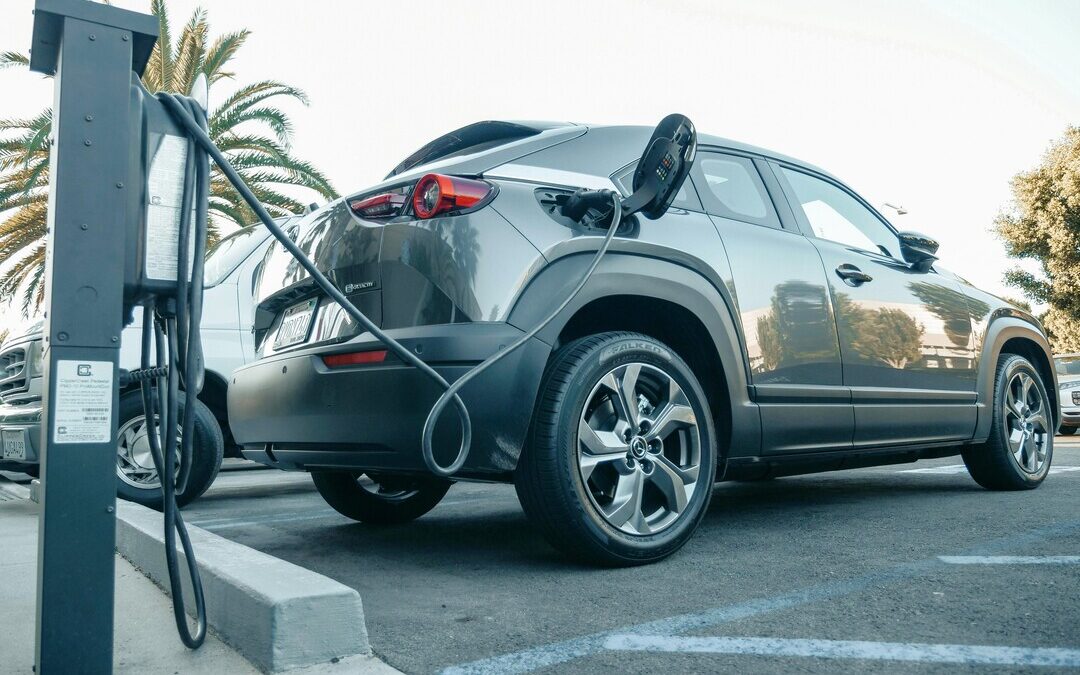Global Aluminum Shortage Looms as EV, Renewable Demand Rises: McKinsey
Aluminum recycling overhaul needed to meet clean energy demand and close looming supply gap, McKinsey report warns.
A surge in global demand for aluminum, driven by the clean energy transition, is poised to outstrip supply by 4 million metric tons by 2035, according to a new report from McKinsey & Company, which urges an overhaul of the aluminum recycling value chain to fill the gap and cut emissions.
The report, titled “Cleaning Up Mixed Scrap: Decarbonizing Aluminum Through Circularity,” highlights how increased adoption of electric vehicles, renewable energy infrastructure and sustainable packaging is driving up the need for aluminum, an energy-intensive metal with significant carbon emissions from primary production.
“Aluminum demand is expected to climb from 106 million metric tons in 2025 to 130 million by 2035,” says Peter Spiller, the lead author of the report. However, current production capacity, particularly from primary sources, is unlikely to keep pace without deeper investment in circular solutions.
Mixed Scrap Bottlenecks Hamper Circular Progress
Recycling aluminum — especially postconsumer scrap — offers a potent decarbonization pathway, using just 5 percent of the energy required for virgin production. Yet, nearly half of the scrap recovered globally is categorized as “mixed scrap,” a low-value stream that is often downcycled into lower-grade alloys or exported for manual sorting, the report finds.
The analysis highlights significant inefficiencies in the collection and processing of aluminum scrap. Preconsumer scrap from manufacturing has high recovery rates; however, the bulk of scrap — about 68 percent — comes from end-of-life products and is often poorly sorted, limiting its reuse in high-performance applications such as automotive or aerospace components.
With EVs requiring more aluminum than traditional vehicles, the current practice of downcycling into cast alloys, used for combustion engine parts, is becoming increasingly obsolete.
Advanced Sorting Technologies Show Promise
To address this, McKinsey recommends a shift toward advanced sorting technologies including X-ray transmission, laser-induced breakdown spectroscopy, or LIBS, and automated classification systems, which can isolate high-value wrought alloys such as the 5xxx and 6xxx series.
These methods are already cost-competitive at commercial scales of 30,000–40,000 tons per year and can deliver positive margins of $50–$ 150 per ton, the report states.
“Collaborative alliances across the value chain — from scrap collectors to end-product manufacturers — will be critical to scaling these technologies,” states the report.
Examples of such partnerships include Constellium’s LIBS-based recovery efforts and Hydro’s sorting collaboration with Padnos in the U.S.
Policy and Partnerships Key to Unlocking Supply
Beyond technology, regulatory reforms in key markets such as China, the EU, and the U.S. are also encouraging greater recycled content and boosting investment in secondary aluminum capacity.
Still, McKinsey warns that unless collection infrastructure improves — especially in regions like North America and China — up to 6.2 million tons of aluminum could remain uncollected by 2035.
The report concludes that accelerating the development of a circular aluminum ecosystem is essential not only to meet climate goals but also to support industrial resilience amid tightening raw material supply.
“Establishing cost-effective, high-quality recycling at scale isn’t just a climate imperative,” the report notes. “It’s an economic necessity in a resource-constrained world.”
Nirmal Menon
Related posts
Subscribe
Error: Contact form not found.


